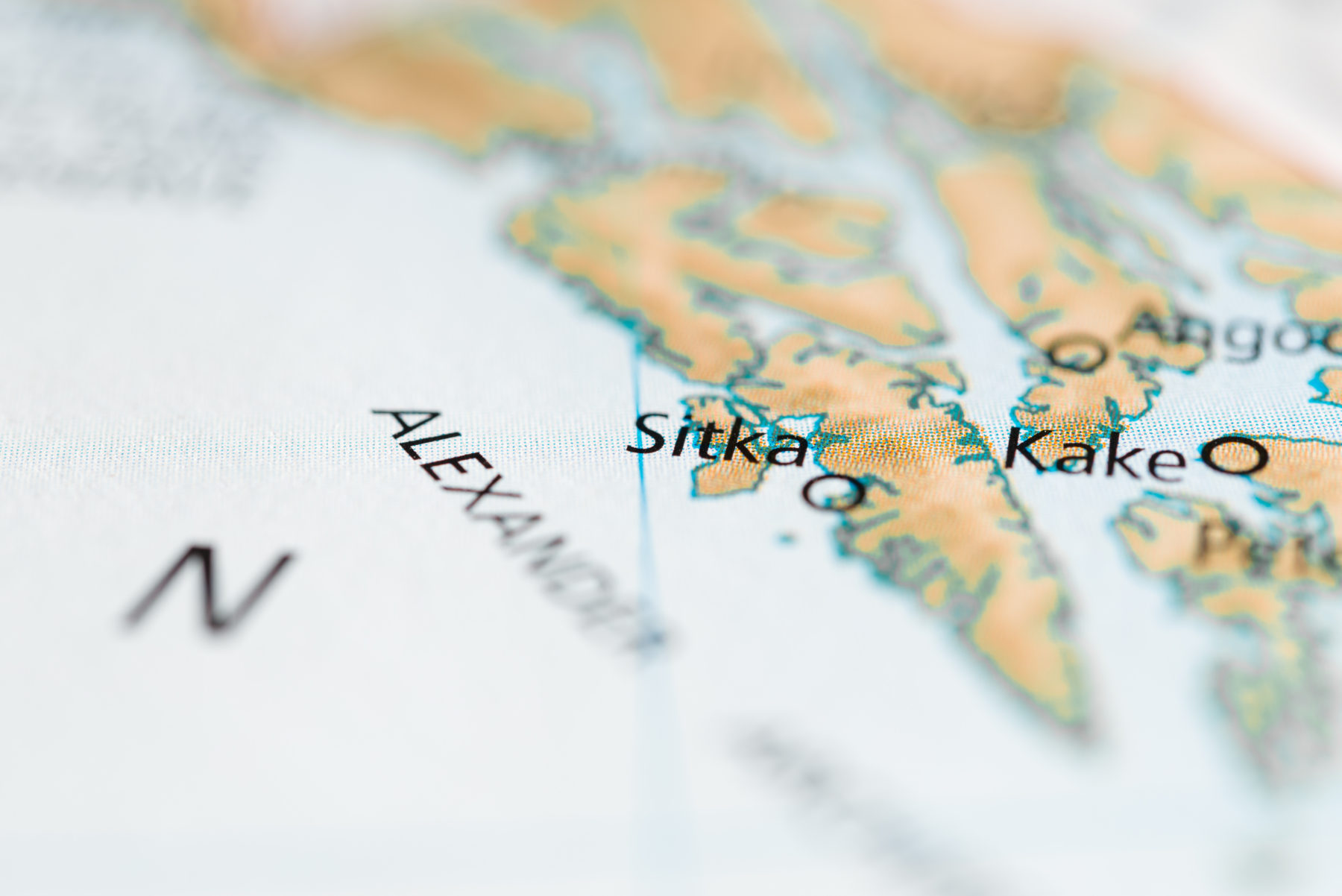
News
News
News
COVID SURVEY FINDS INCREASED ENGAGEMENT AND INTEREST IN CULTURAL TRADITIONS DURING THE PANDEMIC.
Introduction
This document summarizes results of interviews and surveys conducted in Southeast Alaska to understand the impact of COVID-19 on communities as well as community response. Funded by the National Science Foundation, the Sitka Sound Science Center, a non-profit organization, partnered with the Central Council of Tlingit and Haida Indian Tribes and the RAND Corporation to collect and analyze interview and survey data. Fourteen Alaska Natives, located in Kake, Angoon, and Hoonah, completed interviews regarding Alaska Native perspectives on traditional knowledge, COVID-19 threats perception, and community adaptation. An initial wave of survey data was collected in late Spring of 2020 (approximately 700 respondents)while a second wave of survey data was collected in Winter of 2020-2021 (approximately 500 respondents). Surveys focused on COVID-19 threats, traditional knowledge, community adaptation, and food security.
Cultural and Community Resilience
Alaska Native interview respondents expressed a high level of concern for the needs and safety of others. There was increased engagement and interest in cultural traditions during the pandemic. Older generations expressed a desire to share Alaska Native culture with newer generations. Survey respondents expressed greater engagement in outdoor activities such as gathering and fishing, as well as changes in whom they participate in these activities with. Roughly 60% of Alaska Natives said they were doing more “gardening, hunting, gathering, or fishing” since the onset of the pandemic. Also, roughly 58% of Alaska Natives said they had also changed the individuals with whom they gardened, hunted, gathered, or fished due to COVID-19 concerns. Subsistence and medicinal foods were conserved and shared between individuals within the community. Technology was leveraged in promoting culture and connection in absence of gatherings. Some respondents expressed a sense of perspective and community resilience resulting from survival of the 1918 pandemic.
COVID-19 Threats
Interviews expressed concern regarding illness and possible death from COVID-19 as well as mental health risks from COVID-19 restrictions on face-to-face contact, with physical illness concerns focused on elders and mental health concerns focused on youth. Survey data revealed that Alaska Natives thought they were more likely to die from COVID-19 when compared to Whites. Roughly 20% of Alaska Natives said they had no support for mental health. On a positive note, roughly 15% of Alaska Natives reported improvements in mental health during the pandemic.
Socioeconomic and Community Impacts
Interview and survey respondents expressed concern regarding economic impacts of the pandemic. Respondents focused on mass unemployment, in which COVID-19 had disproportionately affected certain industries such as tourism and local small businesses. Some respondents described an inability to meet essential needs, but this was partially mitigated by mutual community aid. Respondents described impacts on the availability of food and limited ability to travel. Alaska Natives expressed more concern with economic impacts (82%) vs Whites (61%). Interview respondents explained that a lack of physical gatherings posed challenges to connecting within the community and maintaining cultural traditions.
Role of Institutions
Institutions are pivotal to meeting the needs of individuals impacted by COVID-19. Survey respondents expressed greater confidence in local government authorities than in the state and federal government. Community members indicated that helpful institutions included SEARHC, HIA, the Tribe, and the local government. Tribes had distributed COVID-19 related supplies, scholarships, food, technology, as well as rent and utility assistance.
Adapting to COVID-19 Public Health Guidelines and Mandates
Respondents from smaller Alaska Native communities noted some variance in attitudes regarding stricter and looser adherence, leading to some division within the community. Some individuals described challenges around enforcement of COVID-19 restrictions. More than half of survey respondents expressed some desire to receive a COVID-19 vaccine. Individuals described getting vaccinated out of the concern for others such as family members and elders. Some individuals expressed distrust, skepticism, and reluctance to be vaccinated. Twice as many Alaska Natives expressed vaccine skepticism as White participants. Distrust of the government, grounded in historical mistreatment and marginalization, were one reason for this skepticism.
Implications and Conclusions
Community and cultural resilience may be utilized to mitigate challenges arising during COVID-19, while strengthening unity and support within the Alaska Native community. Interconnectedness and reciprocity within the Alaska Native community serves to promote community resilience. Engagement in cultural traditions and practices may connect various generations and serve as a primary coping mechanism on both an individual and community scale. These sentiments may be leveraged to promote vaccination efforts and COVID-19 adherence in communities elsewhere in Alaska and the US, in which individuals may be motivated to change their behavior for the wellbeing of others.
Contacts
Ray Paddock, Central Council Tlingit Haida Indian Tribes of Alaska: rpaddock@ccthita-nsn.gov
Ron Heintz, Sitka Sound Science Center: rheintz@sitkascience.org
Ryan Brown at RAND Inc: rbrown@rand.org